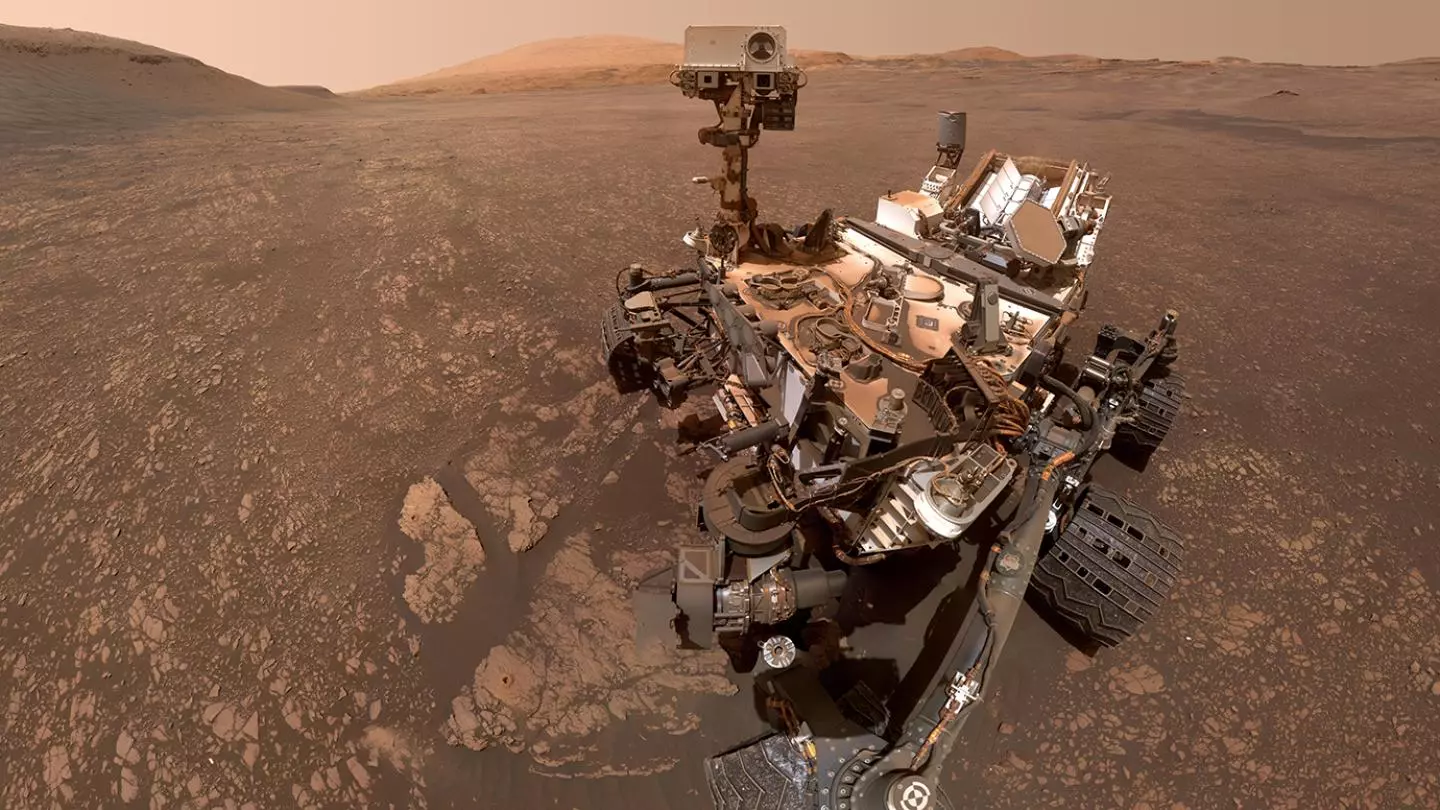New discoveries by NASA's Curiosity Mars rover may not only explain why the Red Planet is a dry, lifeless desert, but that it may have been on an inevitable path to being a dead world despite being so similar to Earth. And the Sun is to blame.
Though Mars may seem like a very alien world, it is still the most Earth-like planet known. Its size, composition, and distance from the Sun are remarkably similar to Earth, but over the past two billion years it went down a very different path. Where the Earth has a dense atmosphere, abundant water and life, Mars is a desiccated, lifeless world where even the prospects of finding fossil bacteria are a long shot.
The question is, why?
According to a new study by a team of researchers led by University of Chicago planetary scientist Edwin Kite, a new clue may provide not only a part of the answer, but indicates that Mars may have been doomed to its current fate from the beginning.
The new clue is the discovery of carbonate minerals found by the robotic Curiosity rover in the vicinity of Gale Crater – a region of Mars marked by dry riverbeds and other evidence of the waters that once flowed on the Red Planet two billion years ago.

Back then, there was water on Mars – enough to fill a shallow ocean covering much of the planet's surface, and there was a much denser atmosphere. Over the eons since, that atmosphere has all but disappeared and the water with it as Mars went through a series of cold and warm periods.
Carbonates, which include calcite, dolomite, aragonite, magnesite, and siderite, are formed by ions of carbon and oxygen dissolved in water that react with metal ions. Put simply, what happens is that over time the carbon dioxide in the atmosphere is absorbed into carbonate deposits, resulting in the lowering of greenhouse gases and the cooling of the planet.
It's a process that goes on all the time on Earth, but we never notice because the carbon dioxide is quickly replaced by volcanic activity (and these days, the burning of fossil fuels), so the process is self-correcting.
According to Kite's team, on Mars things are very different due to the Sun, which slowly brightens over time by about 8% per billion years. That may not seem like much, but this is blamed for triggering warm periods on Mars where liquid water can exist. This water absorbed the carbon dioxide from the Martian atmosphere into the carbonates, triggering cool periods.
So far, that's no problem. However, Mars isn't very tectonically active and there's very little volcanic activity. As a result, the carbon dioxide isn't replenished and, along with other mechanisms like the solar winds and the lack of magnetic field, the result was a feedback process that bled off more and more of the atmosphere as more and more of the carbon dioxide was sealed in the minerals.
In other words, a solar-powered death spiral into a cold, dry modern Mars.
"For years, we’ve had this huge unanswered question for why Earth has managed to keep its habitability while Mars lost it," said Kite. "Our models suggest that periods of habitability on Mars have been the exception, rather than the rule, and that Mars generally self-regulates as a desert planet."
The research was published in Nature.
Source: University of Chicago





